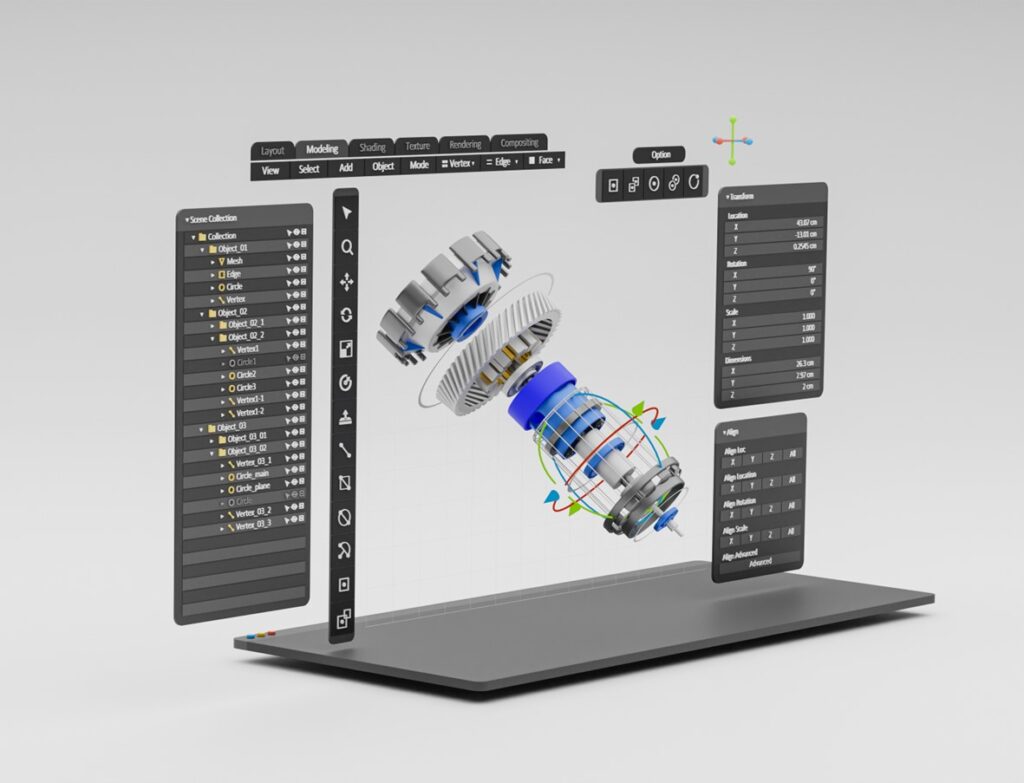
Why do we use Standard Technical English (STE) in our Technical Documentation?
By James Holden
English serves as the international language of science and technology but not the native language of readers of technical documentation. The presence of complex sentences and limited knowledge of the English language can leave the reader confused. Due to the success of Standard Technical English (STE) in aerospace and defence, it has been adopted by a variety of industries, leading to a rise in use from professional translation, interpreting and academics.
At CAD-IT, we create our technical documentation using either Standard Technical English or plain English, depending on the specific requirements of the document. This approach is used in a variety of our technical documents, including Service Communications. The reason for CAD-IT’s use of this methodology is to ensure that the reader easily understands the information contained within the documents and to help prevent mistakes from occurring during the translation process.

Technical documentation will at times need to be translated into various languages. This means that when constructing a sentence, the author will need to consider how the sentence will be interpreted when translated. STE standards help maintain this to prevent misinterpretation. Graphics included should not have any text included as that will not be able to be translated.
STE is supported by a dictionary that provides words that are commonly used in technical documentation. These words are specifically selected because of their simplicity in reading comprehension.
For example; The term “to fall” has been given the meaning “to move down by the force of gravity.” Because of this, it isn’t used to mean “to decrease.”
All synonyms only have one STE-permitted word. This excludes others from the same meaning.
For example: “Start” is used instead of other words like “initiate”, “commence” or “begin.”

Things to avoid
When adhering to STE standards, it is crucial to avoid using overly complicated jargon to ensure reader comprehension. As per STE regulations, the use of many words ending in the “-ing” suffix should be avoided as they can cause translation issues, which can lead to additional translation attempts and unnecessary expenses. To prevent such problems, CAD-IT’s technical authors carefully review their work, double-checking for such issues, and engage in peer reviews to ensure that the documentation is accurate before publishing. By taking these measures, CAD-IT can produce high-quality technical documentation that is easily understandable and accurately translated, which ultimately leads to cost savings in the translation process.
Everyone at CAD-IT follows all the above to a high standard. STE training of the authors, well designed style sheets and careful consideration or audience, region and translation come together to create a product of upstanding quality every time. The authors themselves also play a key role. The background knowledge and expertise of our team means that they have a much greater understanding of the subject matter, allowing them to further increase the already high standard of each technical documentation produced.

If you would like more information about the standards that we at CAD-It adhere ourselves to, or need any help with your technical documentation email us at info@cadituk.com
